What Makes Marble the Cadillac of Countertops
Marble stone delivers homeowners with a unique, chic-looking countertop that's perfect for nearly any kitchen or bathroom. If you're thinking of adding this highly popular and refined material to your home, then it's time to get to know a little bit more about its characteristics, care requirements, and cost points.
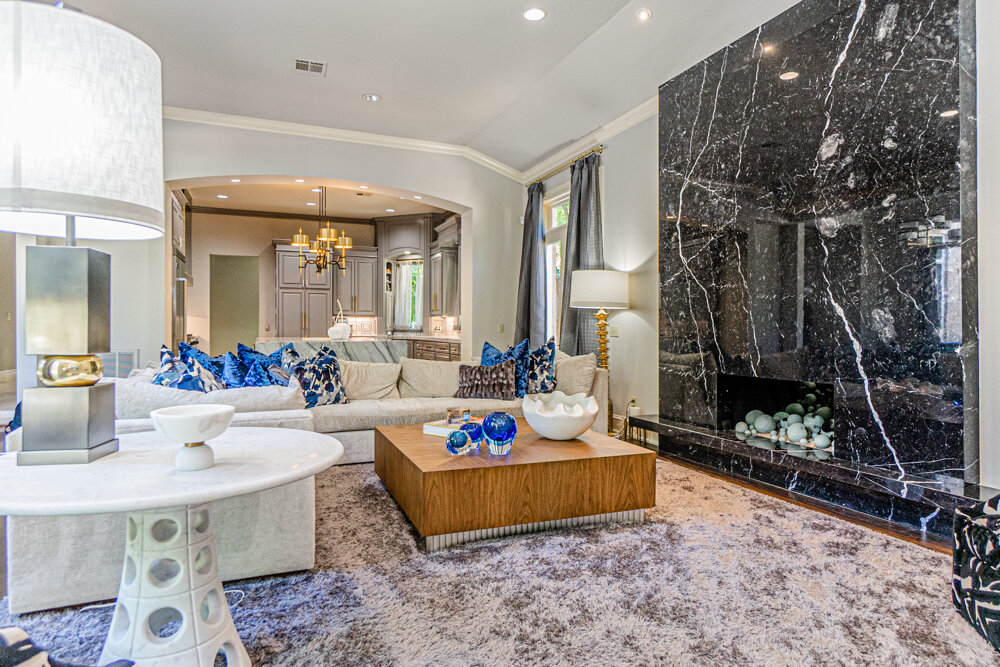
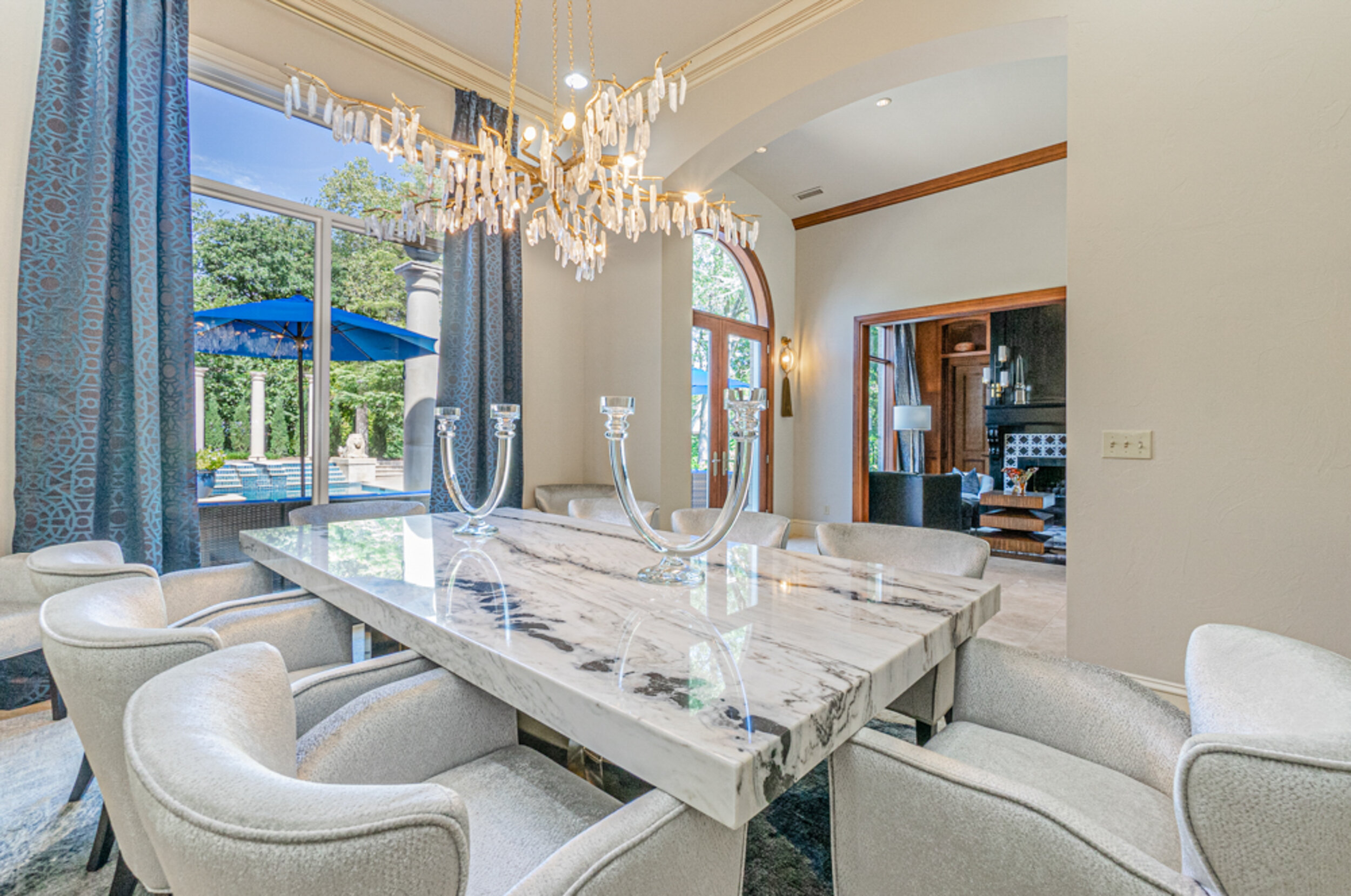
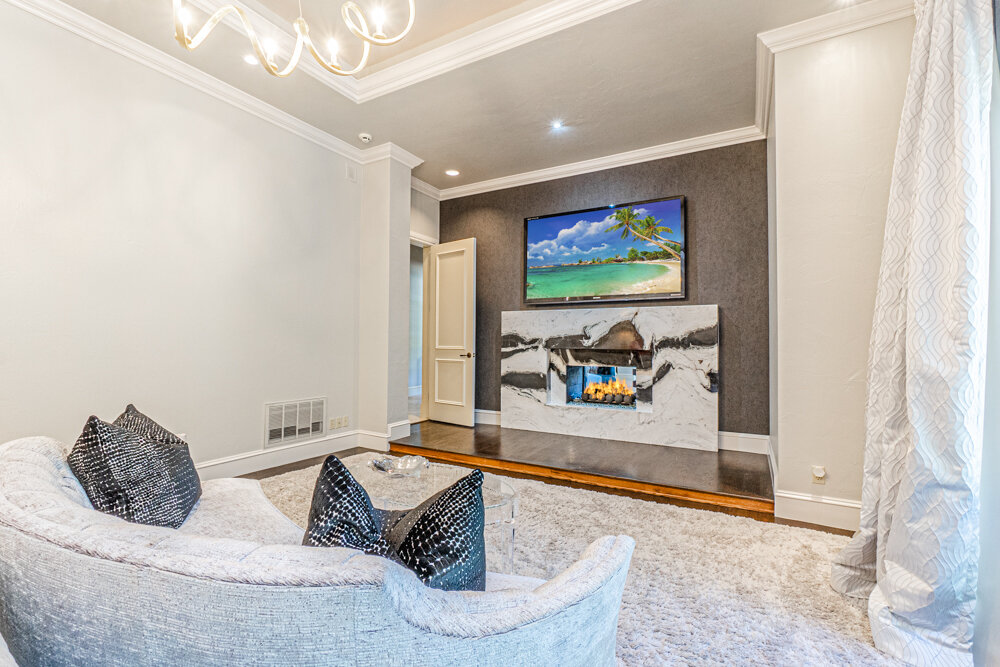
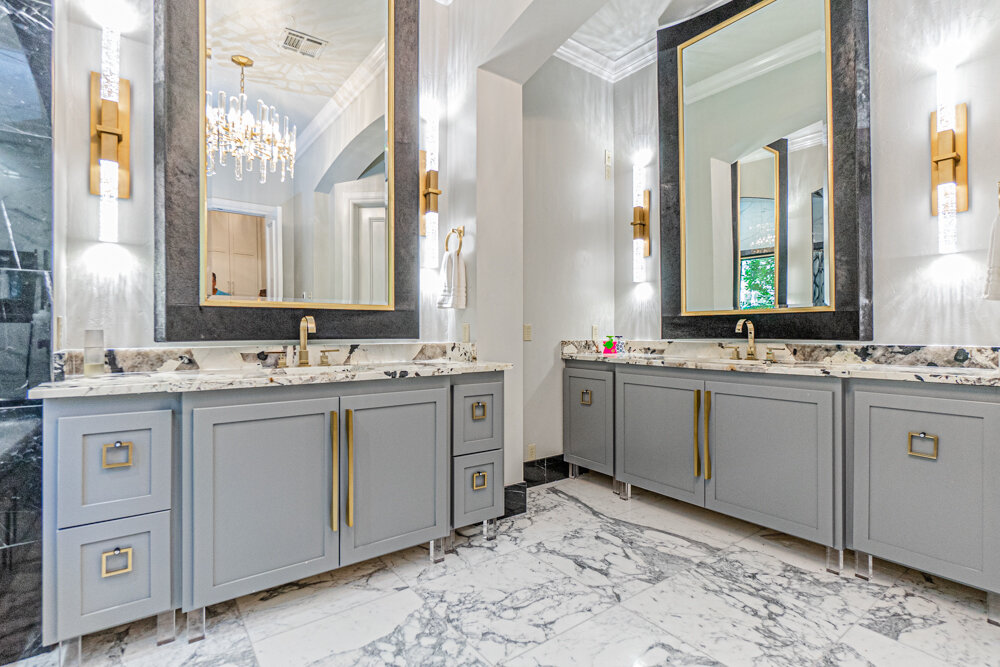
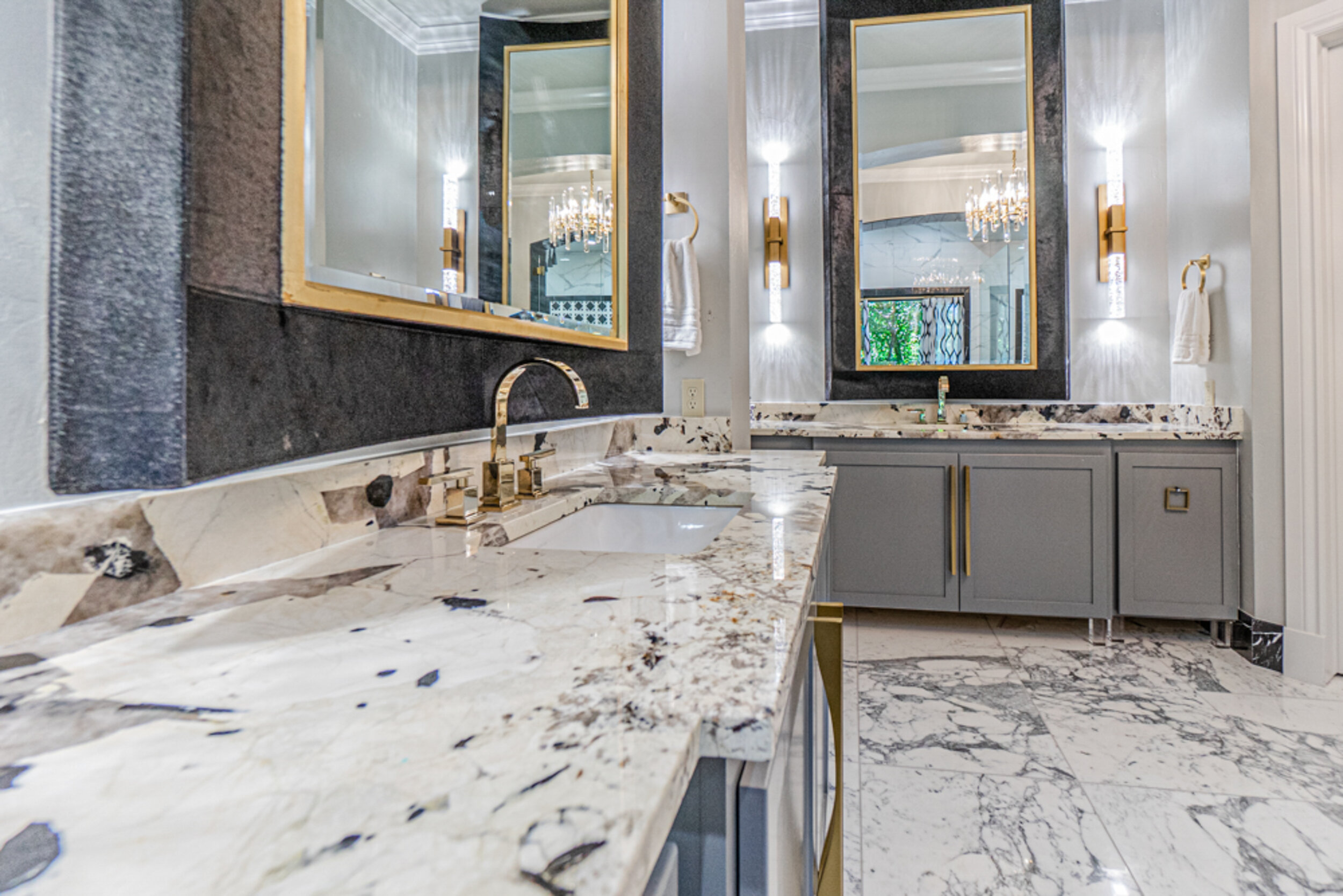
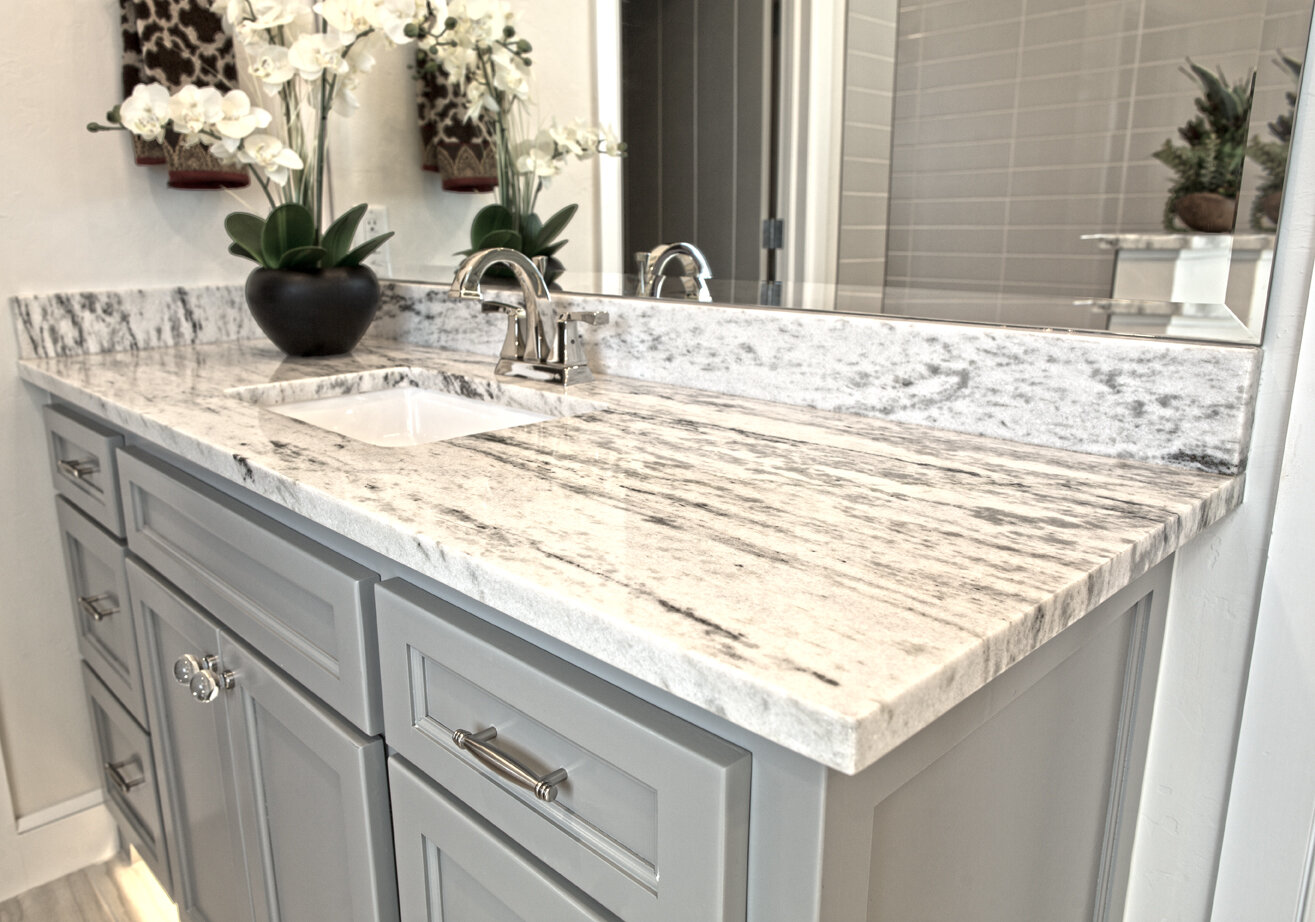
Marble Isn’t a Stone, It’s a Conversation Starter
Known for its beauty and elegance, marble first forms from limestone rock that undergoes extreme levels of heat. This heat makes limestone rock expand and create new fusions until it becomes marble stone.
Marble is one of the most well-known and popular natural stones for home countertops, and with good reason. Marble offers numerous design applications for homeowners and can work well for shower surroundings, walls, and floors in addition to just countertops.
Marble’s unique origins and composition carry some cost and care points to consider:
High heat resistance can make marble a logical choice for most kitchens, especially those that seek a certain chic style. Keep in mind that although marble is highly heat resistant, it can chip, stain, or become scratched more easily than other stones such as granite.
The softness and porosity of marble are relatively high compared to other natural stones, which means you'll need to exercise extra care and attention if you decide to install marble in bathrooms or kitchens that get regularly cleaned with acidic cleaning products.
High-quality marble is almost always more expensive than other natural stones. Cost is sometimes the deciding factor between genuine marble and a marble-dupe, like quartz. However, its reputation for beauty and delicateness make it worth the cost for many discerning homeowners.
Chances are you’re already familiar with some of marble’s defining characteristics and are ready to choose where it will go in your home. Marble’s luxurious and instantly recognizable appearance of neutral colors and dark, foliated bands provide multiple exciting design options that can extend beyond just your home’s kitchen.
There’s nothing quite like the chic appearance of a kitchen with marble countertops, no doubt. However, there are some great (and not so great) areas in your home for marble surfaces and counters to consider before you finalize your project’s design.
Do’s for marble Countertops
Marble is most often seen on wall and countertop surfaces, as well as in bathrooms. Not all rooms in the home, though, are created the same. Some of them can benefit more than others from marble surfaces and countertops.
Marble surfaces are at their best in places such as:
Kitchens, especially those with island counters
These spaces are prime candidates for mixing countertop materials. A common trend we’re seeing is to use marble only on the island to create a centerpiece in your kitchen. For the perimeter countertops, many homeowners choose a surface that’s more of a workhorse, like quartz, so they have a low-maintenance work surface.
Living areas that want to contrast dark colors
The neutral creams and grays in marble provide a beautiful contrast against dark floors, furniture, or walls. Although marble does tend to darken over time (called a patina), it still retains a distinctly neutral tone that complements a range of darker colors well in any room of your home.
Bathrooms with expansive floors and walls
Large marble floor tiles can turn an ordinary space into a luxurious retreat. Whether you’re using them in the entryway of your home or in your bathroom, marble floors give your space much more elegance and grace than ceramic floor tiles.
Homeowners who are interested in installing a new countertop quickly discover that marble offers a diverse range of home design options, especially when compared to other popular natural stones for countertops. That’s why Alpha Surfaces makes it easy for homeowners to find attractive designs for marble countertops that complement multiple rooms in their home.
DOn’ts For Marble Countertops
From large floor tiles to small accents like marble coasters, it may seem like there’s no space where you can’t use marble. But before you start installing it all over your home, you should understand the care requirements of this high-maintenance surface.
Marble is much more porous than other types of natural stone, so it’s more susceptible to stains from acidic liquids like wine and tomato sauce. Spills need to be wiped up immediately, and the entire countertop usually needs a fresh coat of sealant twice per year.
Additionally, marble tends to darken over time and develop a patina. Although some homeowners love the patina effect, others may not care for it as much, and its visual impact on the room can change over time.
Rooms in your home that may not be right for marble surfaces include:
Kitchen countertops near the stovetop or sink
Marble is porous and can stain easily. If liquid gets below the sealant, it’s incredibly difficult to clean with DIY methods and usually requires professional attention. If you're intent on adding a marble surface to your kitchen, consider installing it as an island countertop where it runs a lower risk of getting stained.
High moisture areas, like bathrooms with showers
Marble can be beautiful in a bathroom, but it requires a lot of attention and maintenance. Since the stone is porous, you need to be diligent about checking the sealant regularly and redoing it at least twice a year. Additionally, typical acidic bathroom cleaners can damage marble. You need to use gentle, natural cleaners and soft cloths on your marble surfaces, or you risk scratching and etching the stone.
Add Just a splash of marble
Not ready to commit to caring for marble, but also not ready to give up your dream of using marble in your space? We have the perfect solution: a marble backsplash.
When used vertically for a backsplash, the surface is less likely to be scratched or to absorb moisture. It’s the perfect compromise for busy homeowners who still crave a luxe look for their space.
Marble works particularly well in simple kitchen designs that have dark countertops because it creates a dramatic, chic contrast.
Keep in mind that it will still be higher maintenance and more expensive than tile backsplashes. You should wipe any cooking liquids off right away to avoid staining, but the sheer amount of liquid that comes in contact with a backsplash is much less than a countertop.
Backsplashes
Marble stone creates some of the most unique options for backsplash ideas. Its dramatic set of dark, foliated veins embedded in soft, neutral colors can create a luxe appearance as a backsplash.
Your backsplash should make a statement about your space, which marble backsplashes achieve in spades. Marble works particularly well in simple kitchen designs that have dark countertops because it creates a dramatic, chic contrast.
It's hard to go wrong with a marble backsplash, but do consider the price tag compared to other materials, such as tile. Compare countertop materials before your backsplash installation to decide if your existing countertop surface is suited to a marble backsplash.
Patina
Although not technically something you can add yourself, marble develops a patina over time which can tremendously increase its lifetime value in the eyes of certain homeowners.
The patina effect darkens marble over time and is a trademark characteristic of this classic stone. As the years go by, your marble will develop a unique character and personality all its own.
Marble Countertops - Are They Right for You?
Marble surfaces lend your home an air of classic elegance that’s hard to find in other stones. Although marble slabs tend to be pricier than surfaces such as granite or quartz, marble’s reputation for timeless beauty more than makes up for its price tag.
Interested in learning more about everything that goes into designing and installing a new marble countertop in your home? We break down the entire process in our free Ultimate Buyer’s Guide. Get the industry expertise you need to meet your project’s specifications, no matter how big or small it is.




